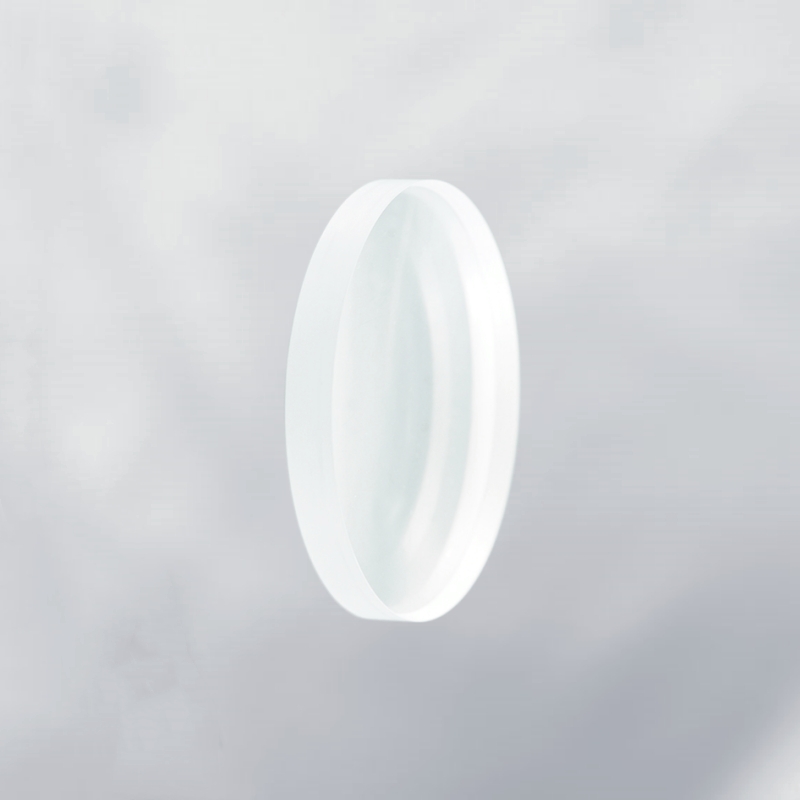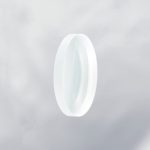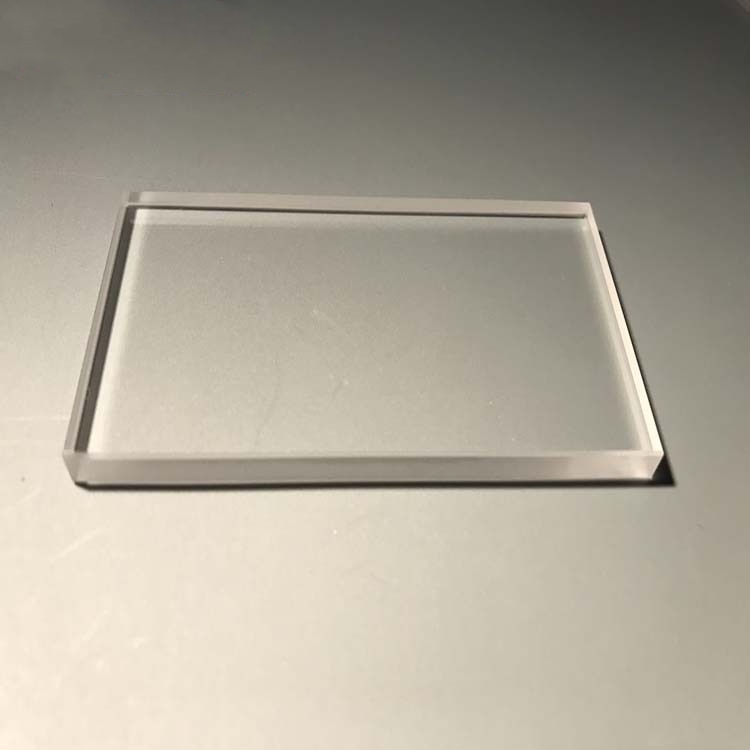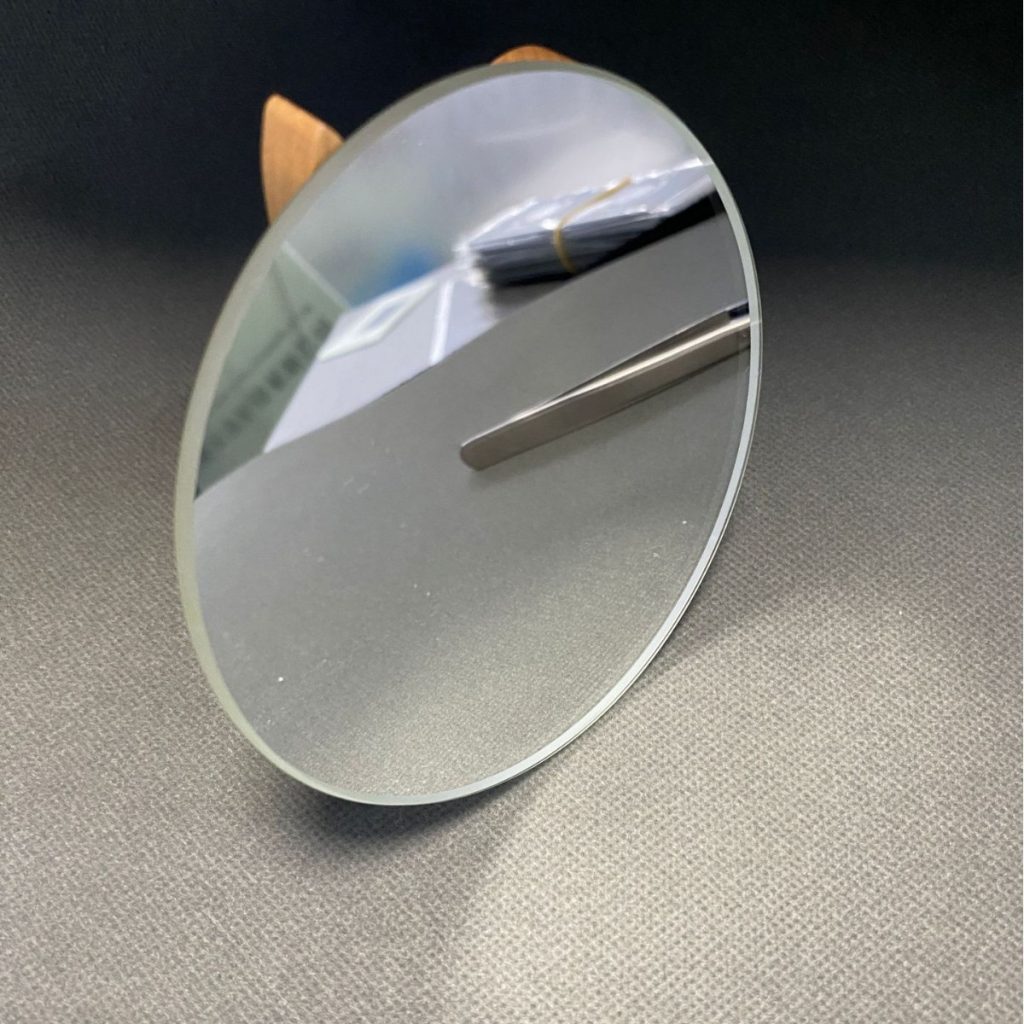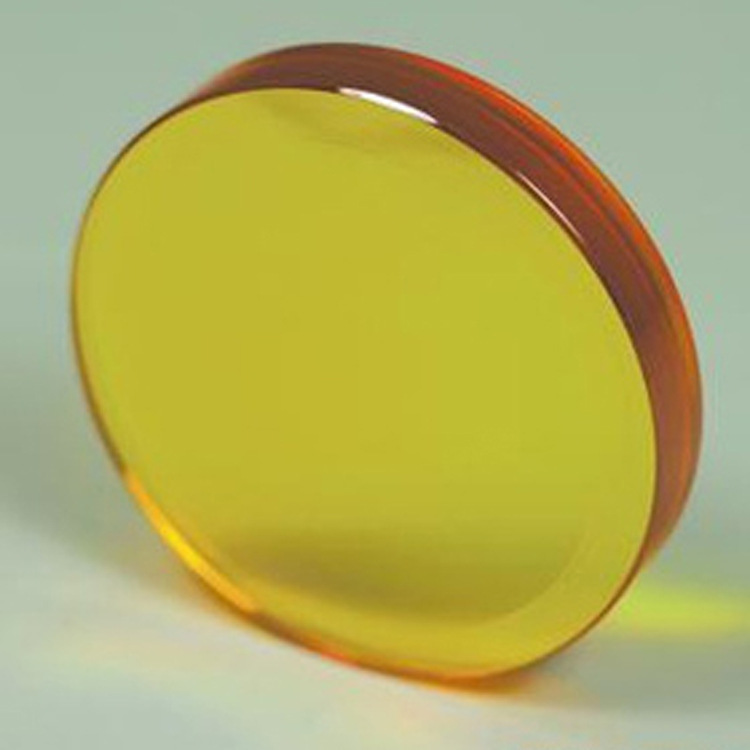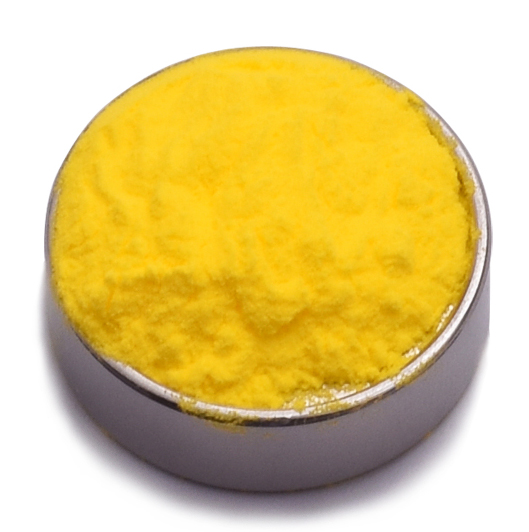Barium fluoride plano-concave lens is a high-precision optical component designed for superior ultraviolet and infrared transmission, excellent durability, and precise beam divergence control. Manufactured from high-purity BaF₂, it offers outstanding optical clarity, minimal distortion, and resistance to environmental degradation. This lens is widely used in laser systems, spectroscopy, aerospace applications, and scientific instrumentation, ensuring optimal optical performance for advanced imaging and beam-shaping applications.
Product Overview
The barium fluoride plano-concave lens is an optical element made from high-purity barium fluoride, featuring a plano-concave shape (one flat surface and one concave spherical surface). This lens is commonly used in optical systems to create negative spherical aberration, making it suitable for applications such as beam expansion, focal length adjustment, and aberration correction. Barium fluoride provides excellent optical transmission, particularly in the ultraviolet, visible, and infrared bands, making it a vital component in high-precision optical systems.
Key Features
- High Transmission: Provides excellent light transmission across the UV, visible, and infrared bands, ensuring efficient optical performance.
- Negative Spherical Aberration: Designed to generate negative spherical aberration, which is commonly used for beam expansion and increasing focal length.
- Low Scattering and Low Reflection: Features low scattering and reflection losses, ensuring the high efficiency of optical systems.
- High Hardness and Wear Resistance: Exhibits high hardness and durability, making it suitable for extreme environments, including high temperature and pressure conditions, ensuring long-term stable operation.
- Precision Manufacturing: The lens is fabricated using precise processing and polishing techniques to ensure high surface quality and optical performance.
Applications
- Optical Instruments: Widely used in microscopes, telescopes, sighting devices, and other optical instruments to optimize the performance of optical systems.
- Laser and Fiber Optic Systems: Applied in laser systems to adjust beam focusing and expansion; also improves light transmission efficiency in fiber optic applications.
- Aerospace Optical Systems: Ideal for use in aerospace applications, especially in extreme environmental conditions, where stability and performance are critical.
- Optical System Optimization: Can be used as a lens, beam splitter, optical filter, prism, or window component to enhance the transmission, stability, and protective properties of optical systems.
- High-Temperature and High-Pressure Applications: Maintains excellent optical performance in high-temperature and high-pressure environments, making it an ideal choice for optical systems operating in harsh conditions.
| Optical Property | Value |
| Transmission Range | 0.15-14 μm |
| Transmittance | >94%@0.35nm-10.8μm |
| Refractive Index | 1.462@2.58μm, 1.45@5μm |
| Reflection Loss | 6.8%@2.58μm (both surfaces) |
| 6.5%@5μm (both surfaces) | |
| 5.3%@10.35μm (both surfaces) | |
| Absorption Coefficient | 3.2×10⁻⁴@6μm |
| Structure | Cubic Crystal System |
| Cleavage Planes | <111 |
| Physical Property | Value |
| Density | 4.89 g/cm³ |
| Melting Point | 1386 ℃ |
| Thermal Conductivity | 11.72 W/(m·K) @ 286K |
| Thermal Expansion | 18.1×10⁻⁶/K @ 273K |
| Knoop Hardness | 82 kg/mm² |
| Specific Heat Capacity | 410 J/(kg·K) |
| Dielectric Constant | 7.33 @ 1 MHz |
| Young's Modulus | 53.07 GPa |
| Shear Modulus | 25.4 GPa |
| Bulk Modulus | 56.4 GPa |
| Poisson's Coefficient | 0.343 |
| Chemical Property | Value |
| Solubility | 1.7 g/L @ 20℃ |
| Molecular Weight | 175.3238 g/mol |
| Property | Value |
| Diameter Range | 2-300mm |
| Focal Length | 15-5000mm |
| Thickness | 0.12-60mm |
| Surface Quality | 80-50, 60-40, 40-20, 20-10, 10-5 |
| Surface Flatness | λ/2, λ/4, λ/8, λ/10 |
| Clear Aperture | >90% |
| Coating | Customizable |
 new material
new material

